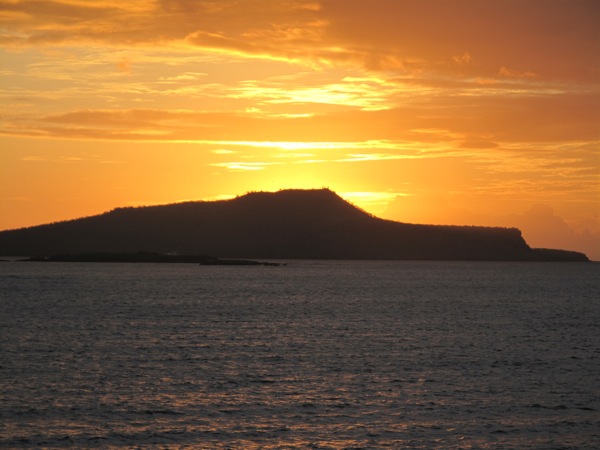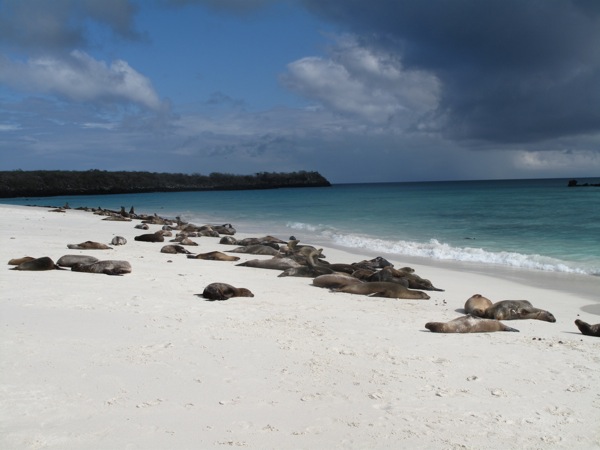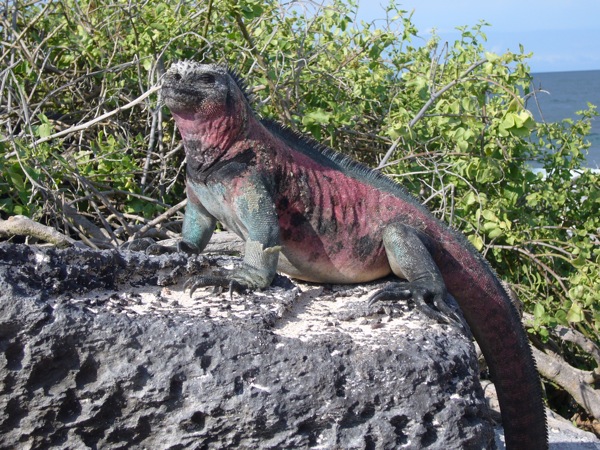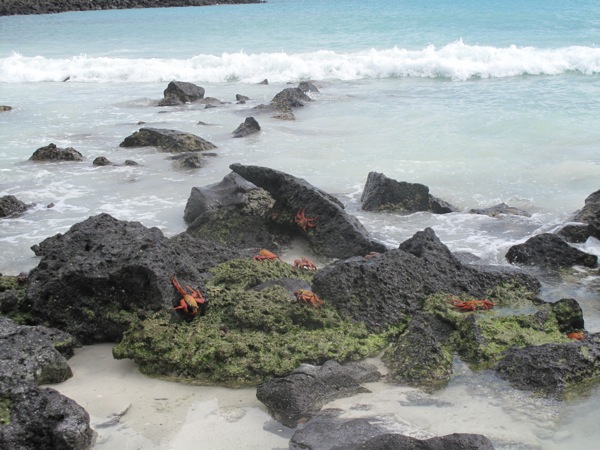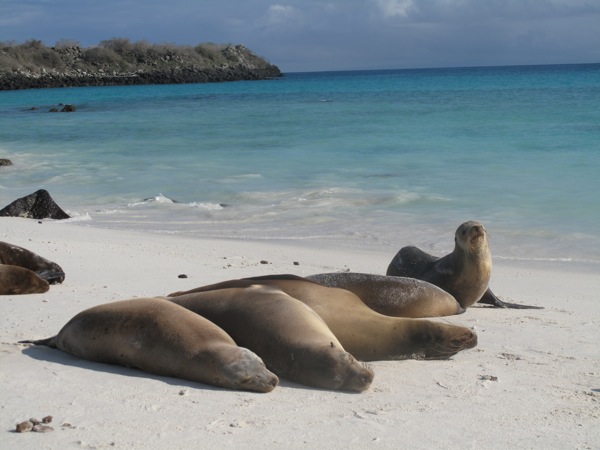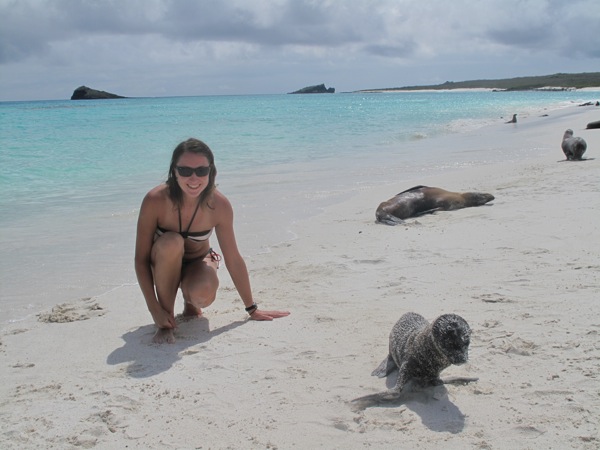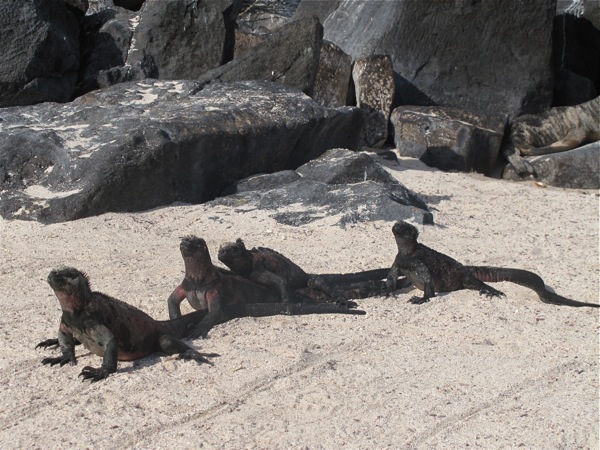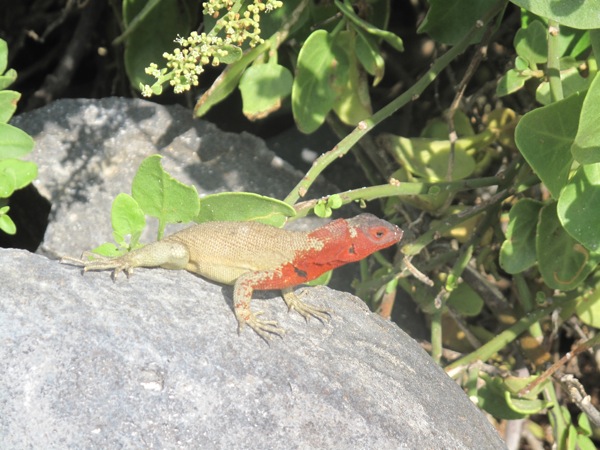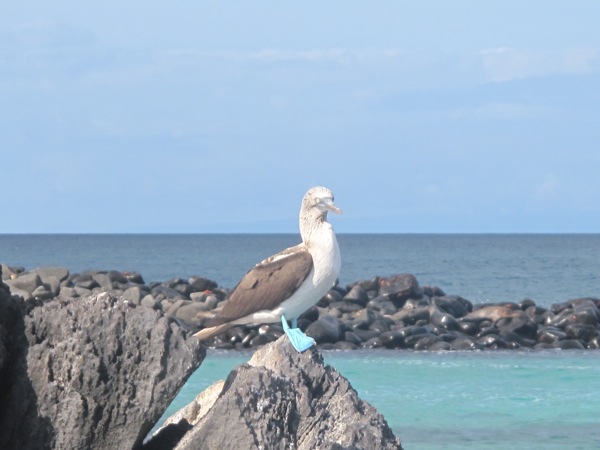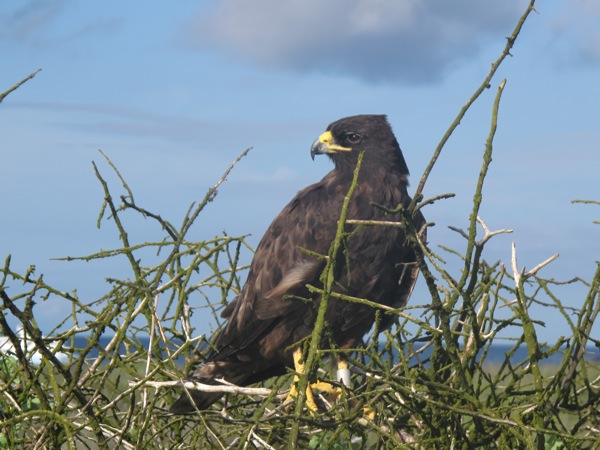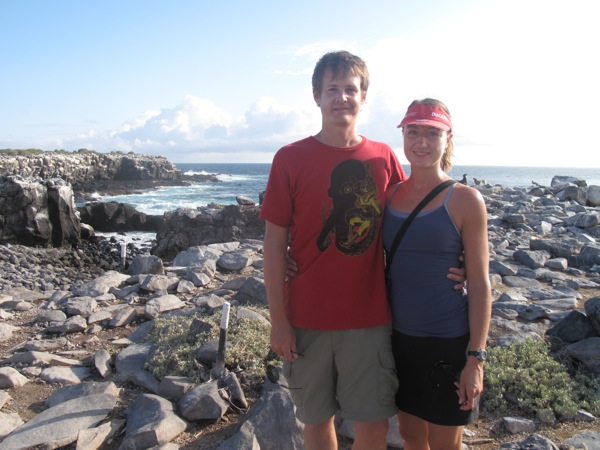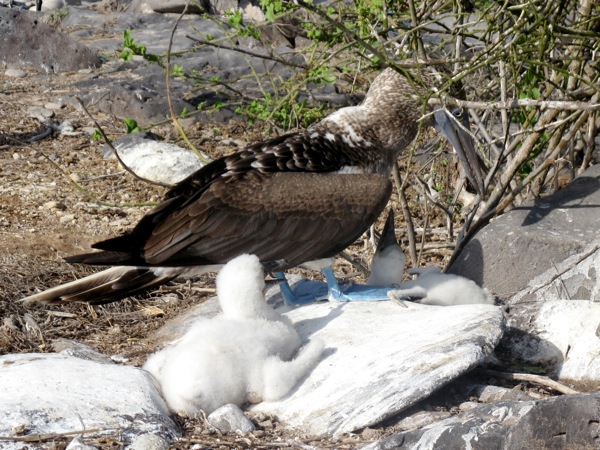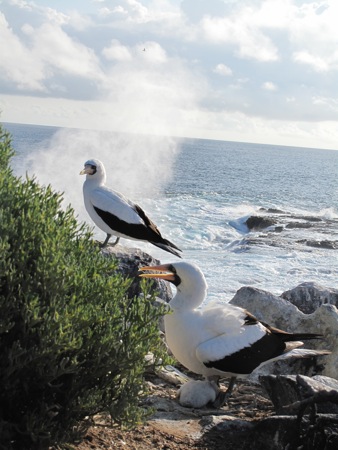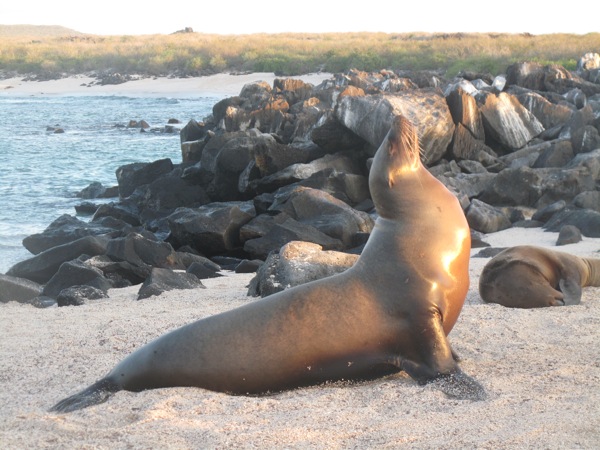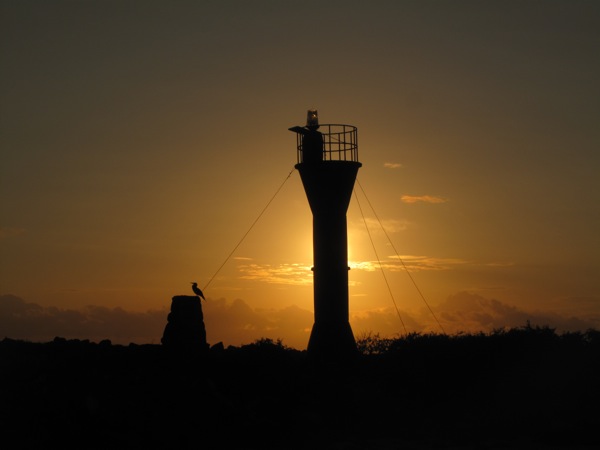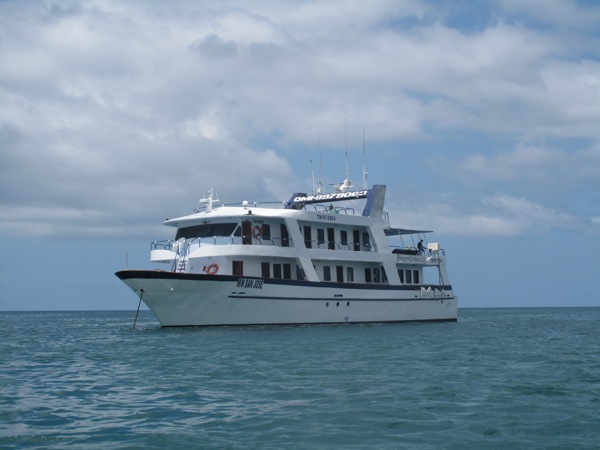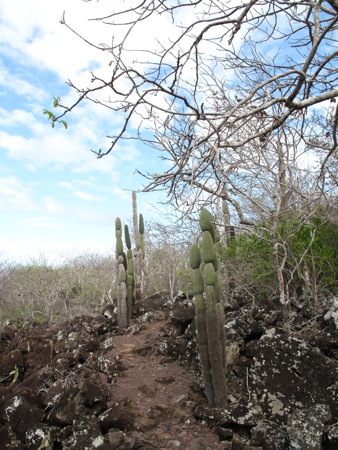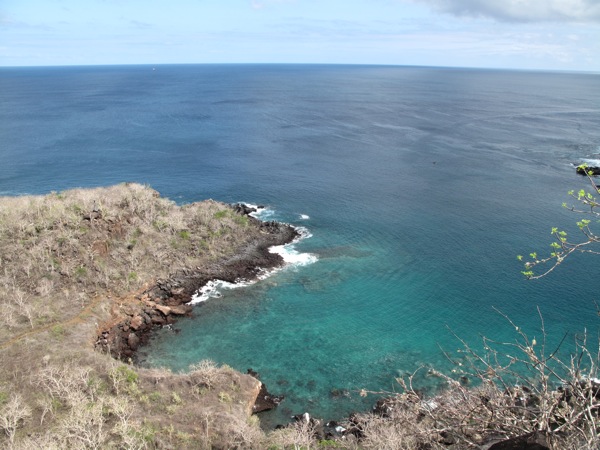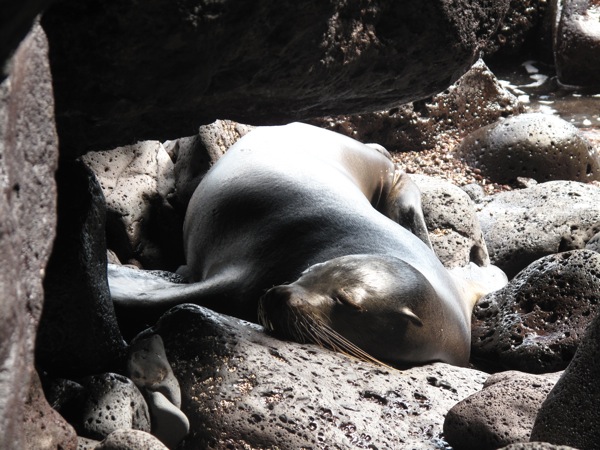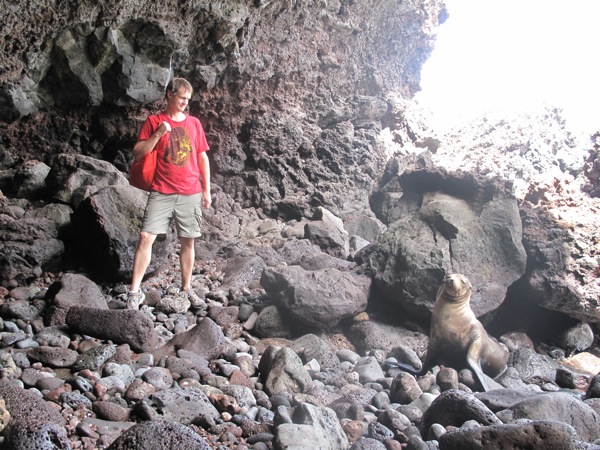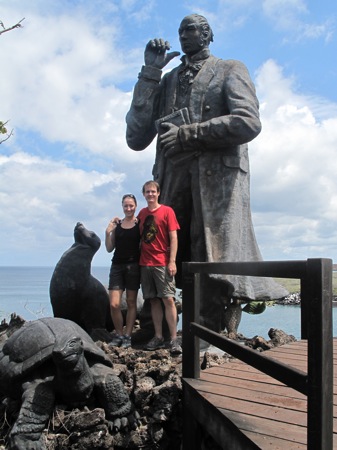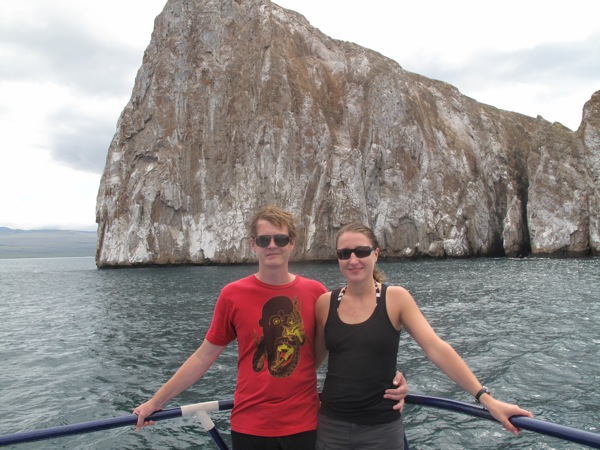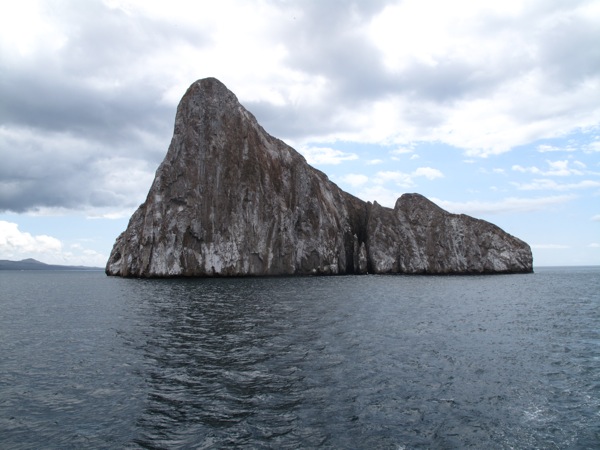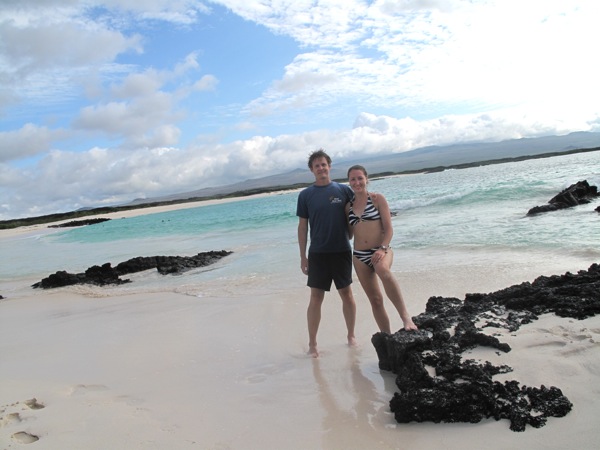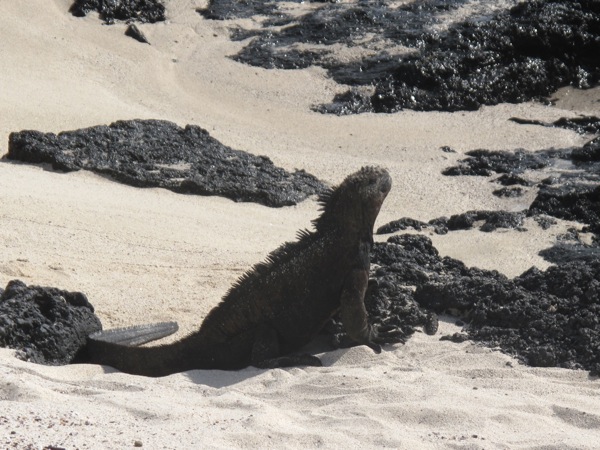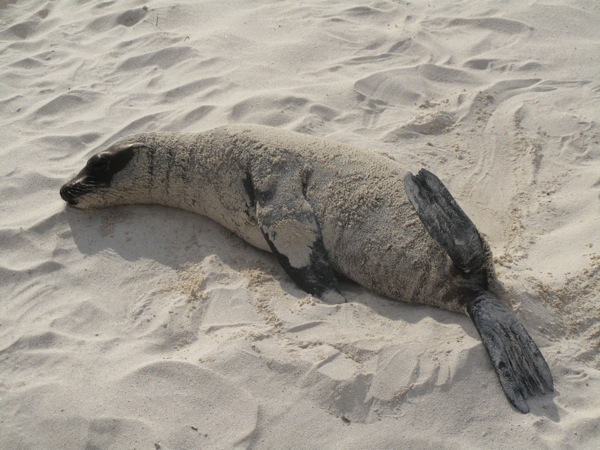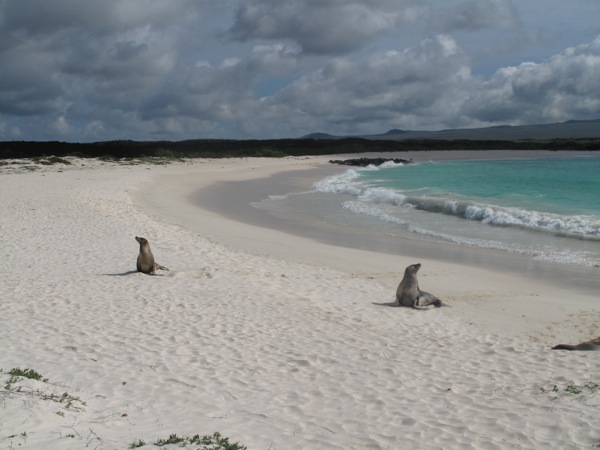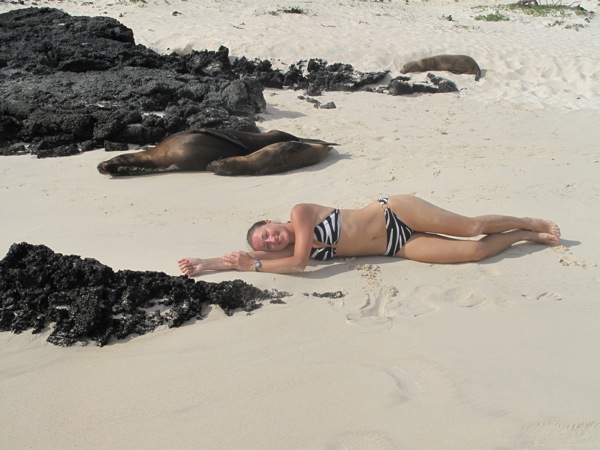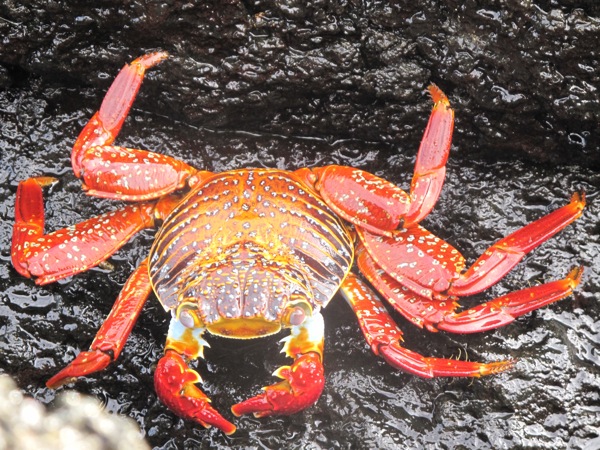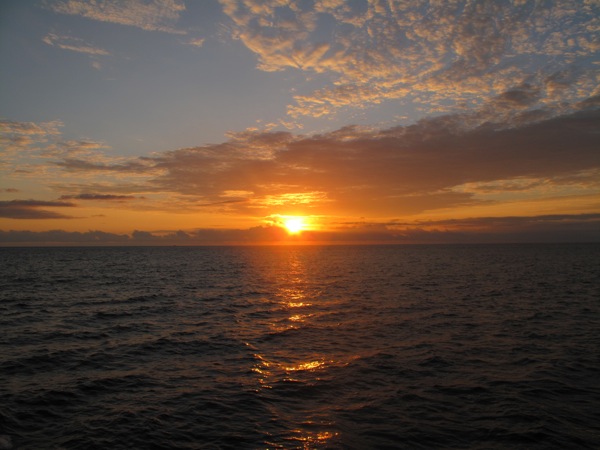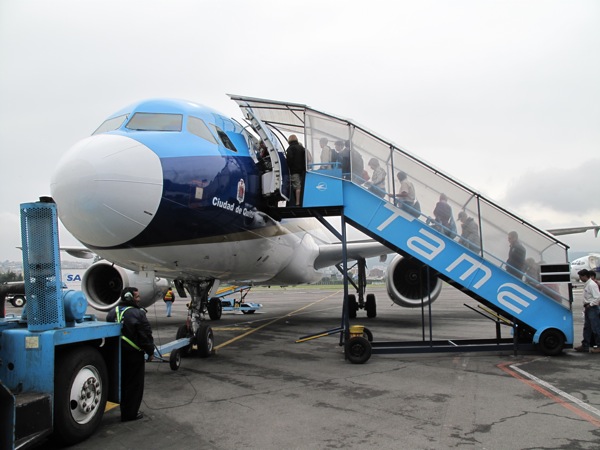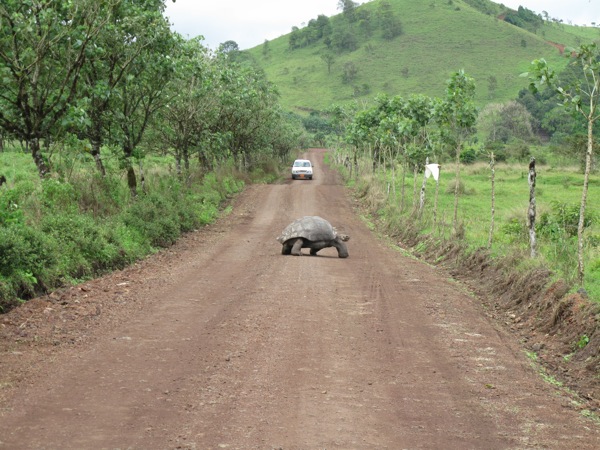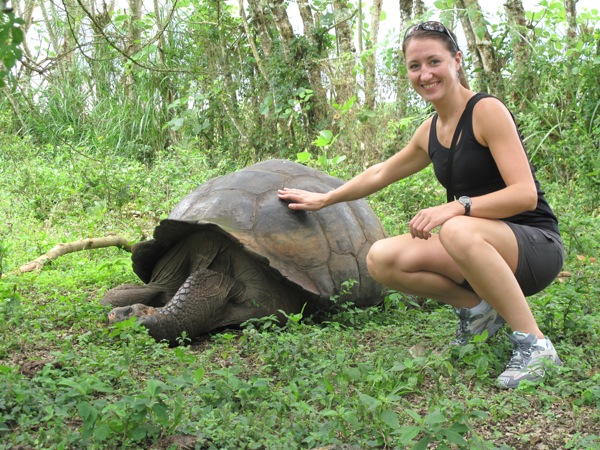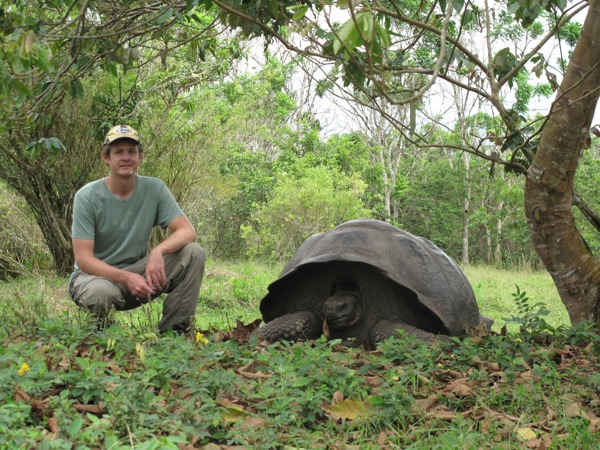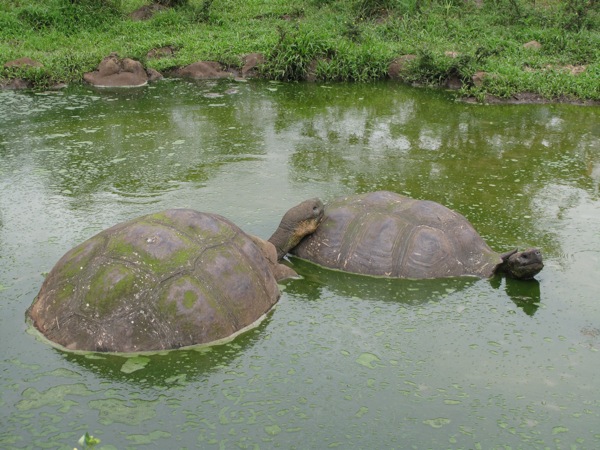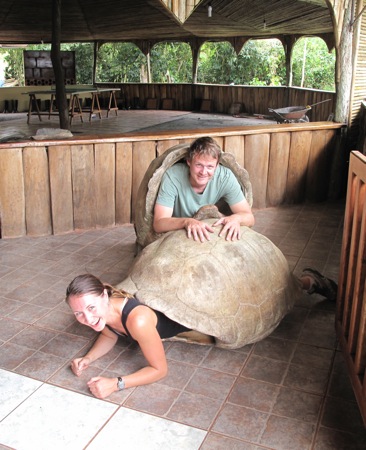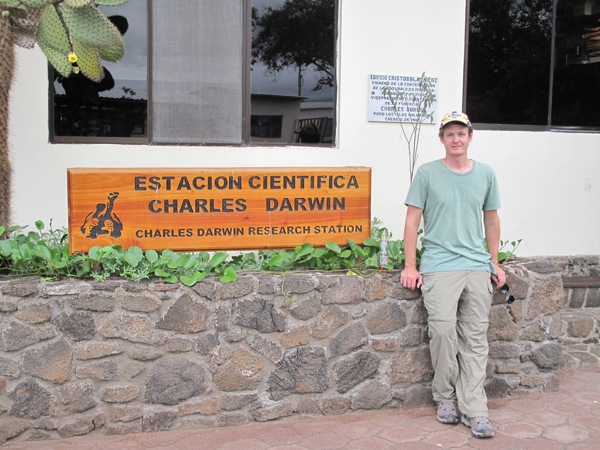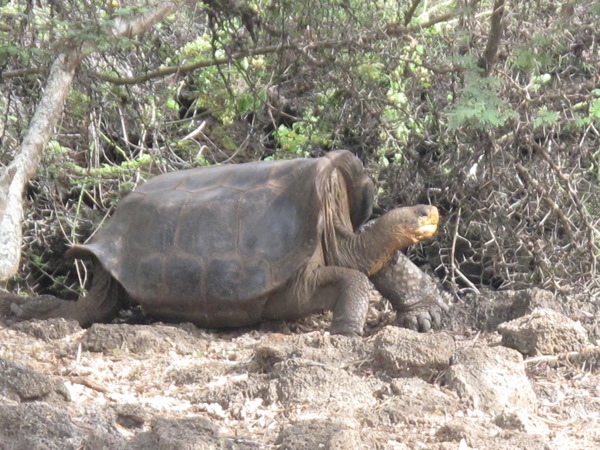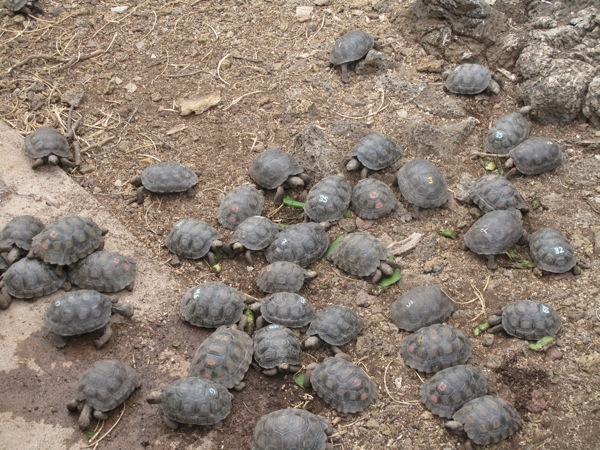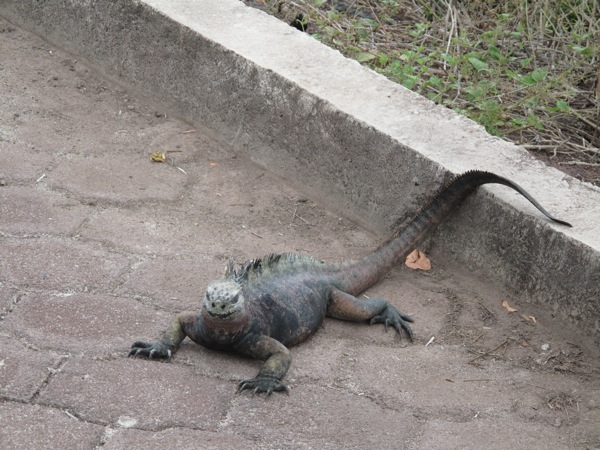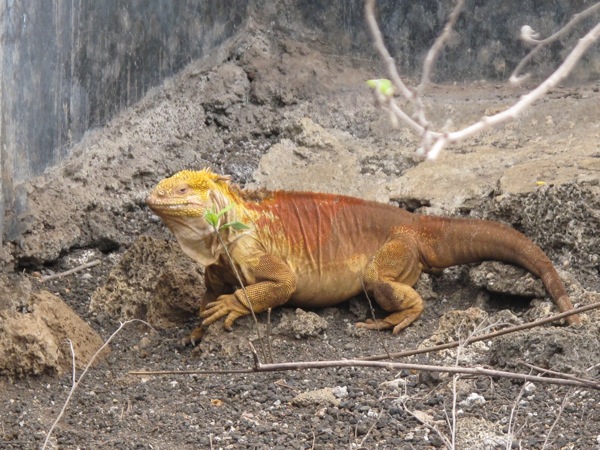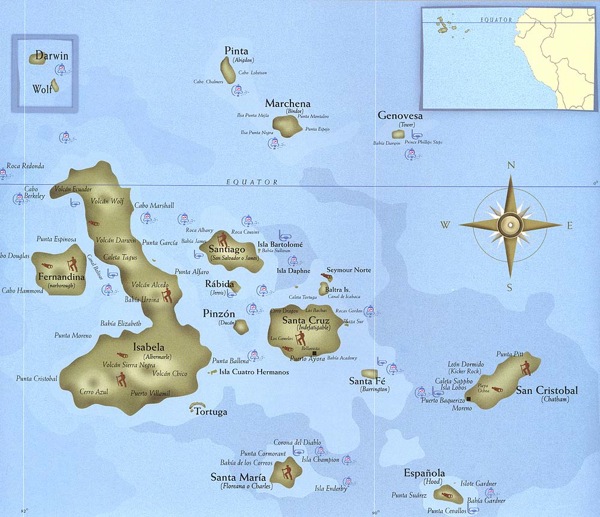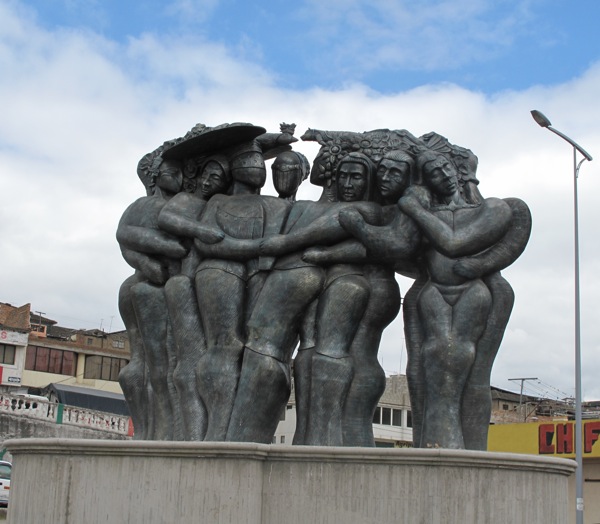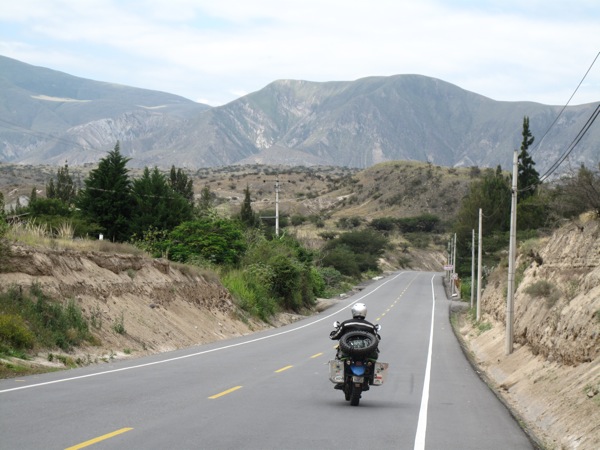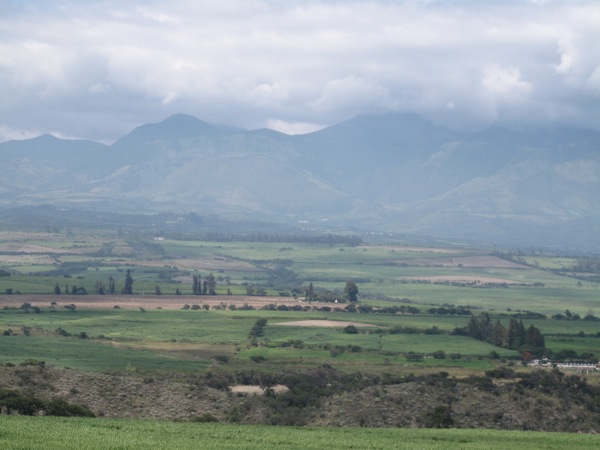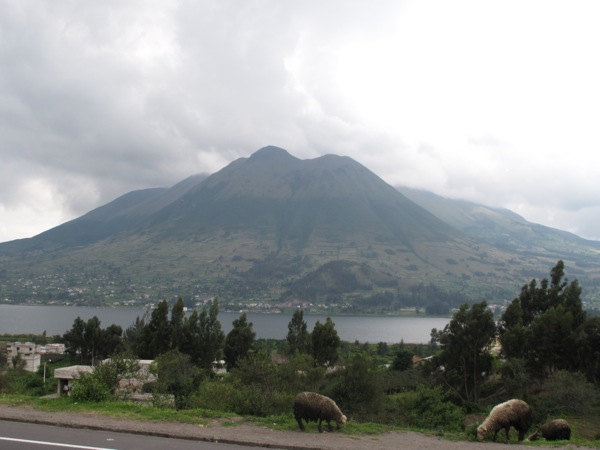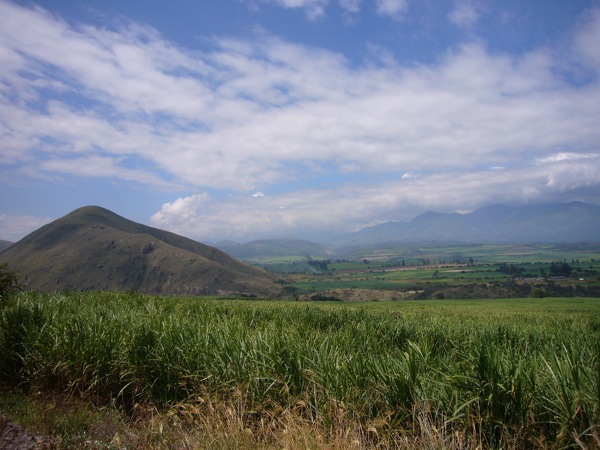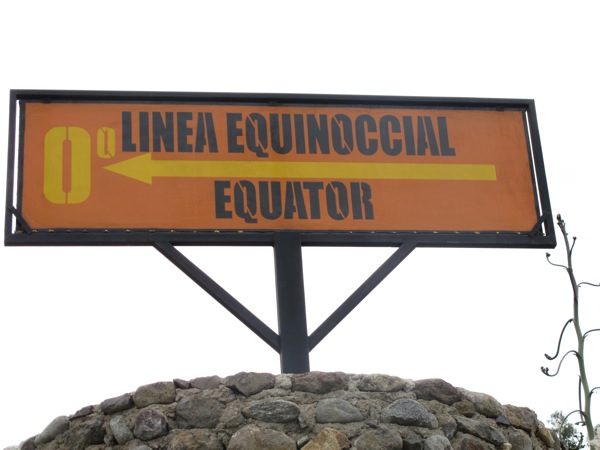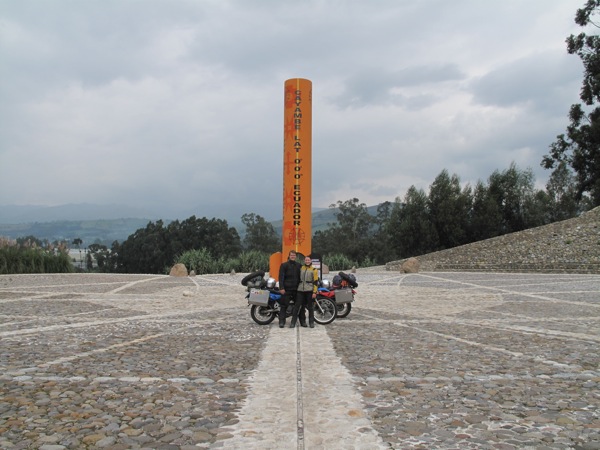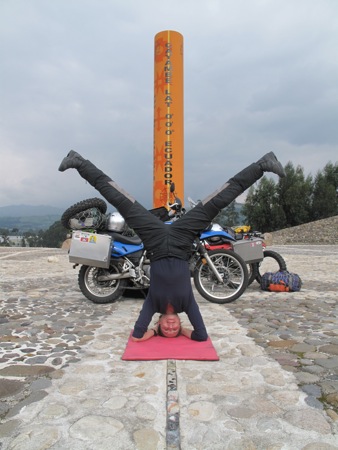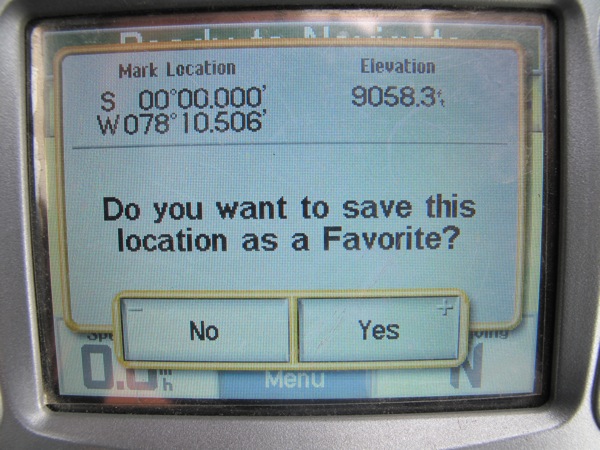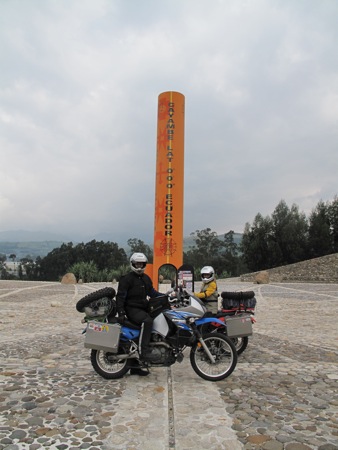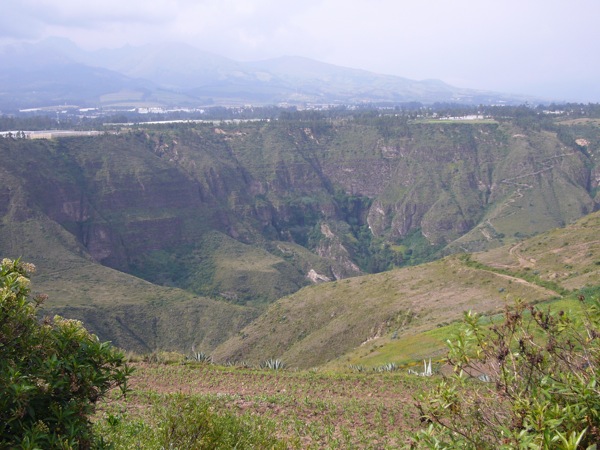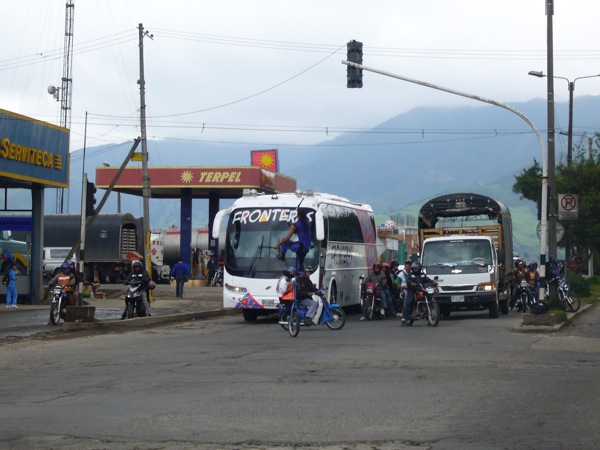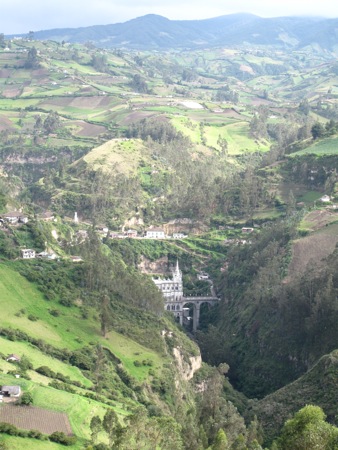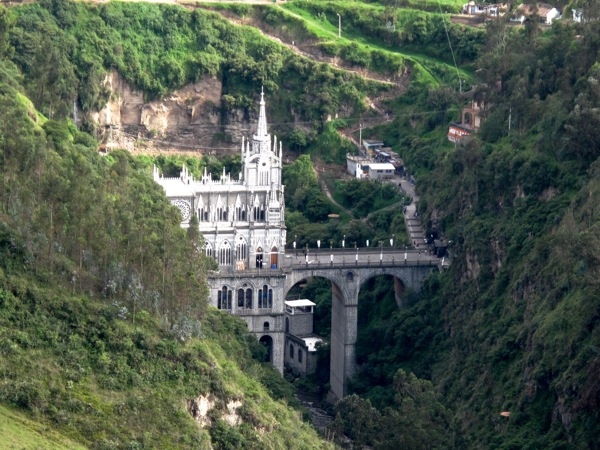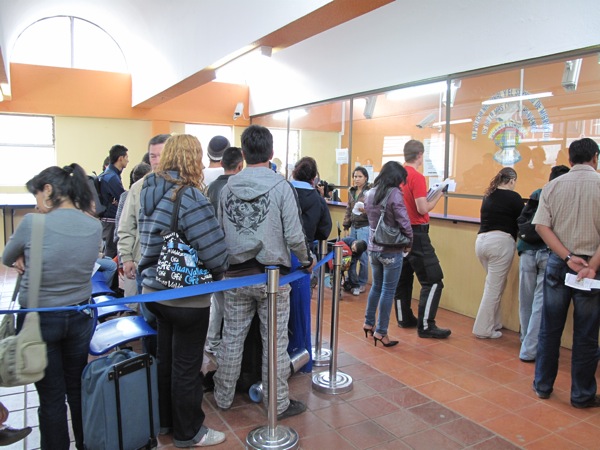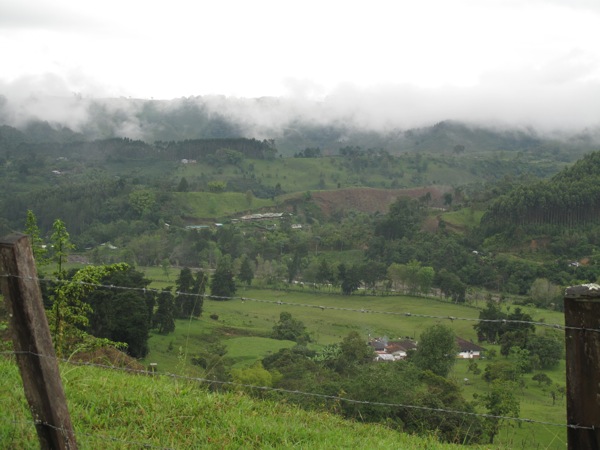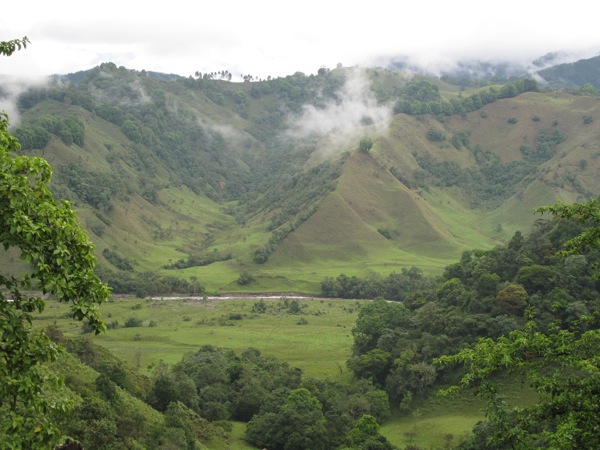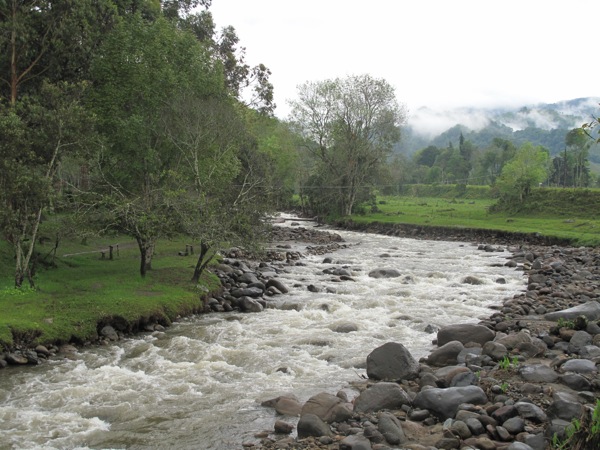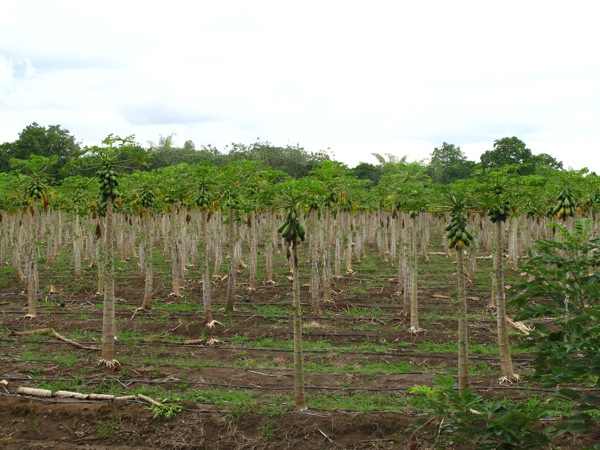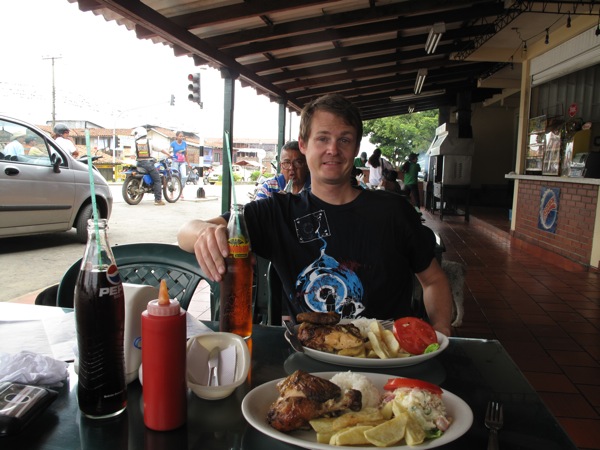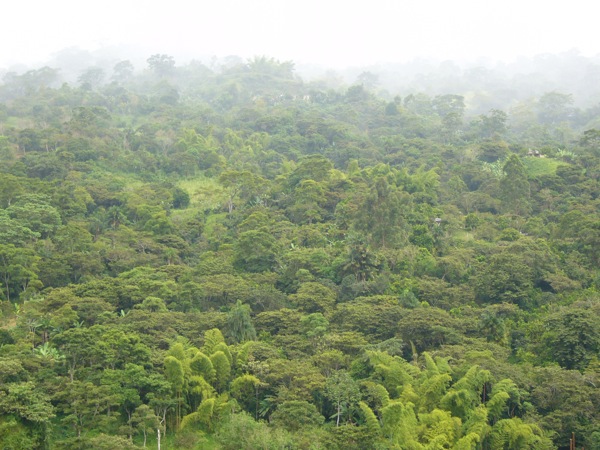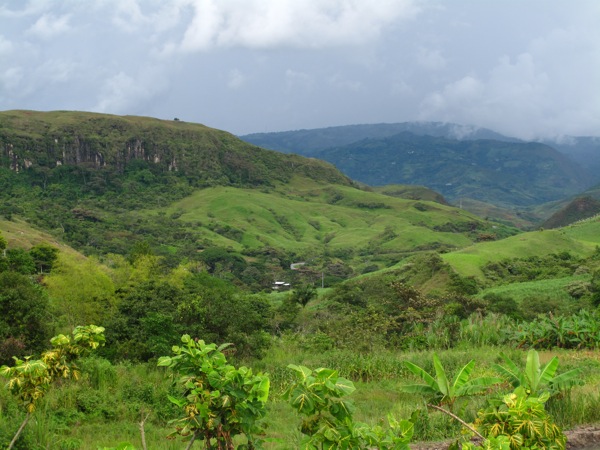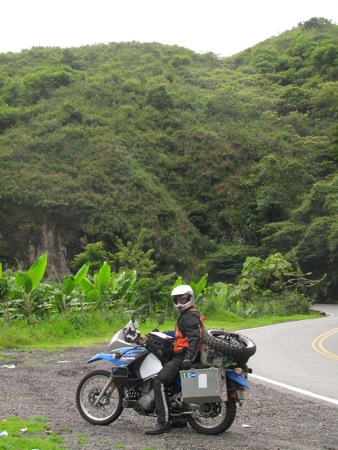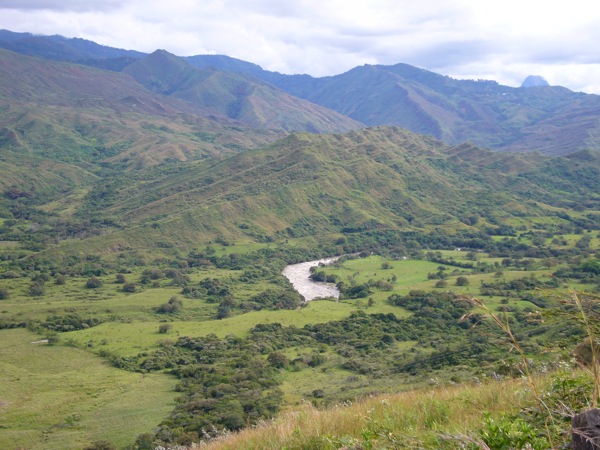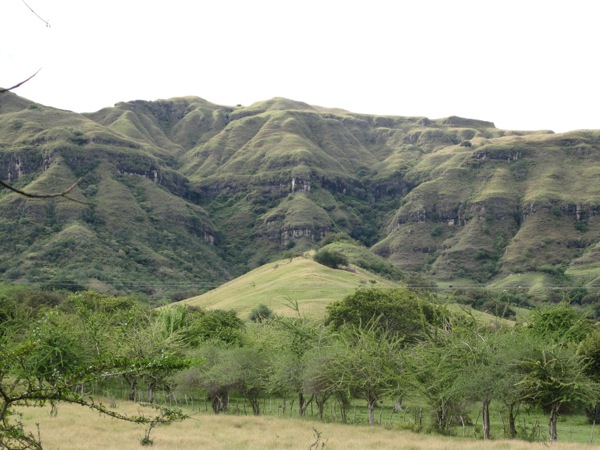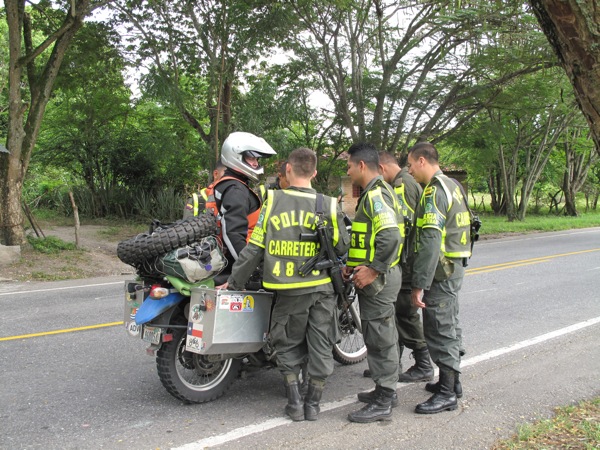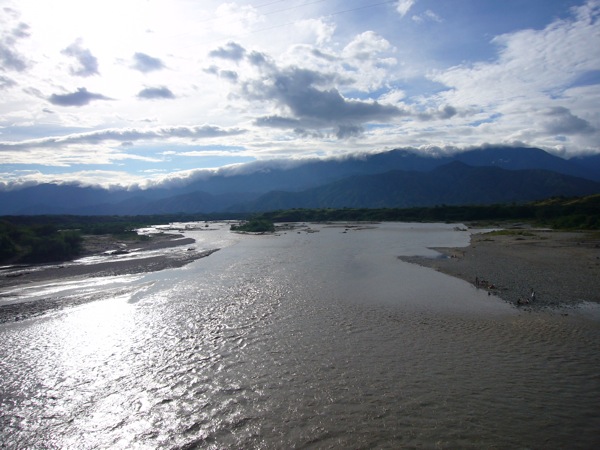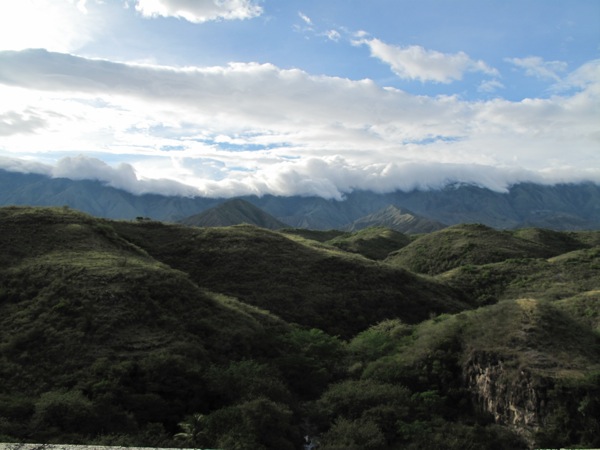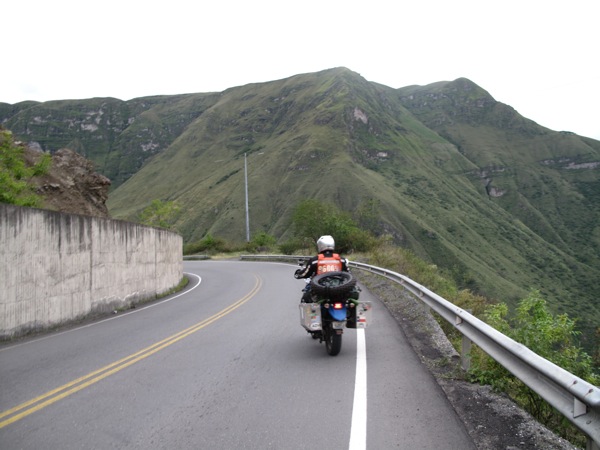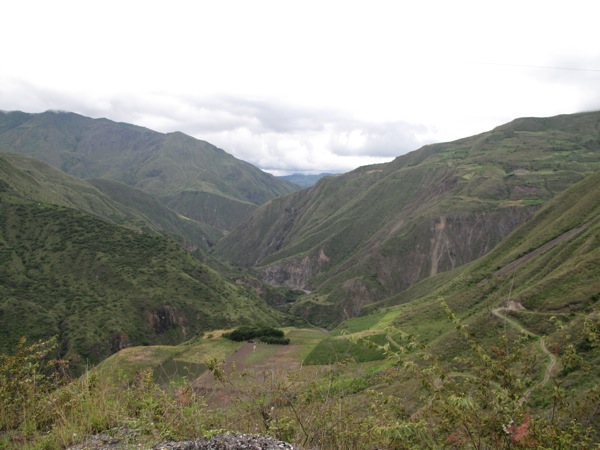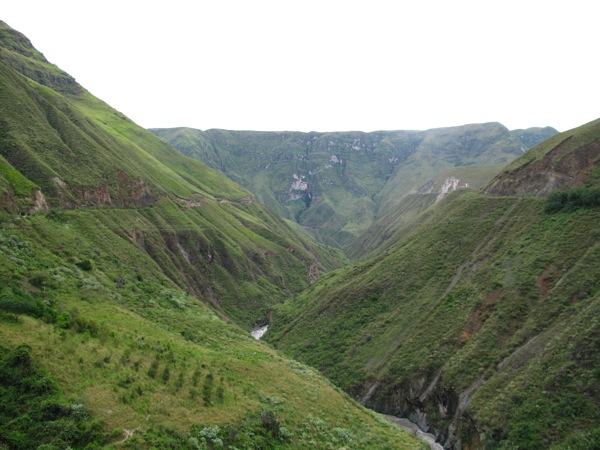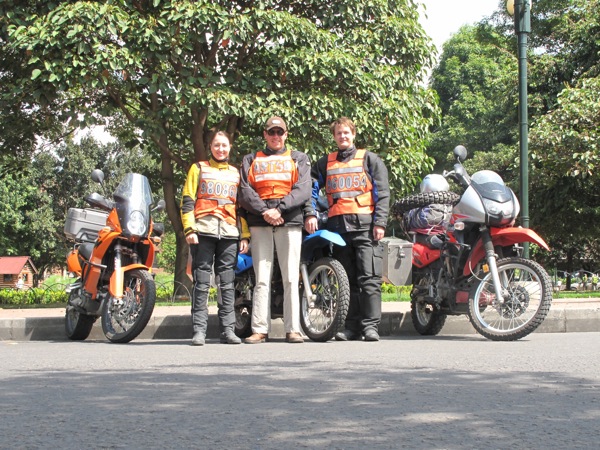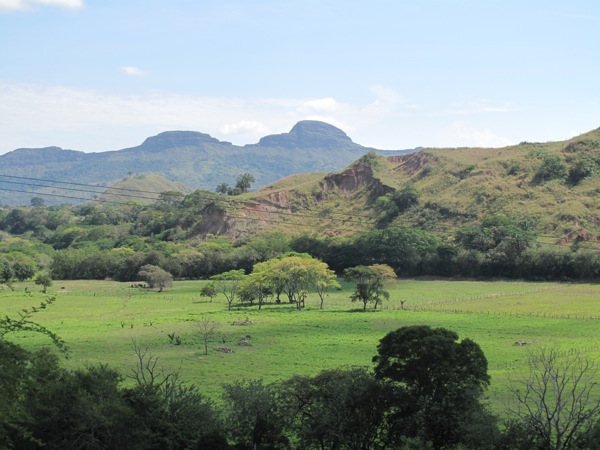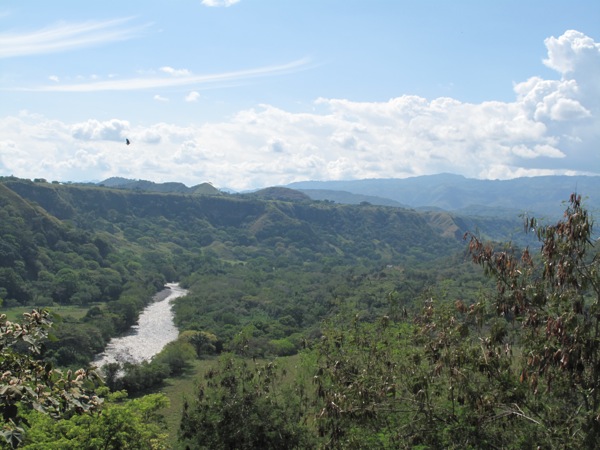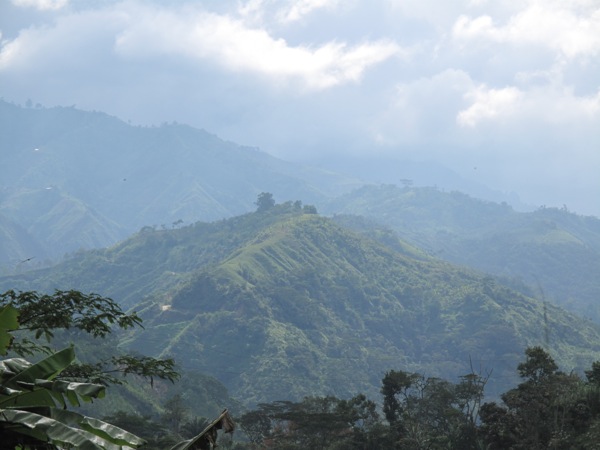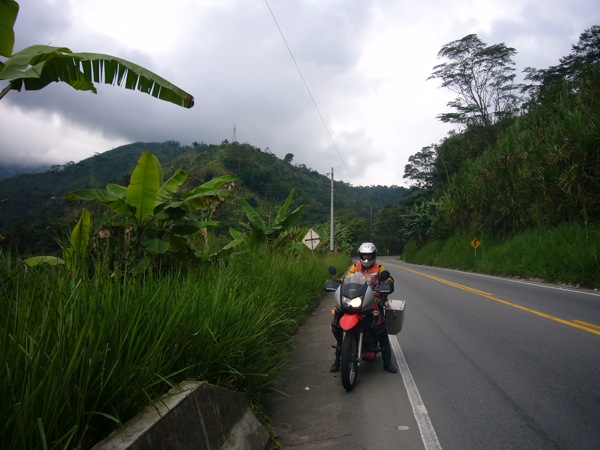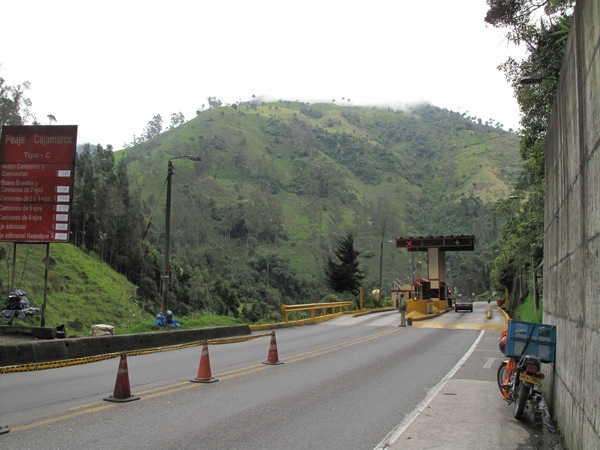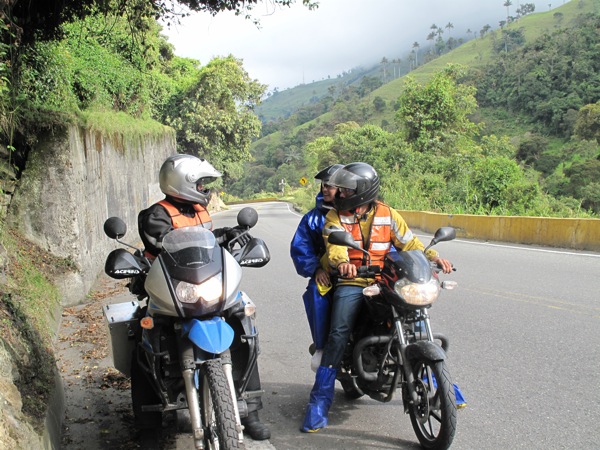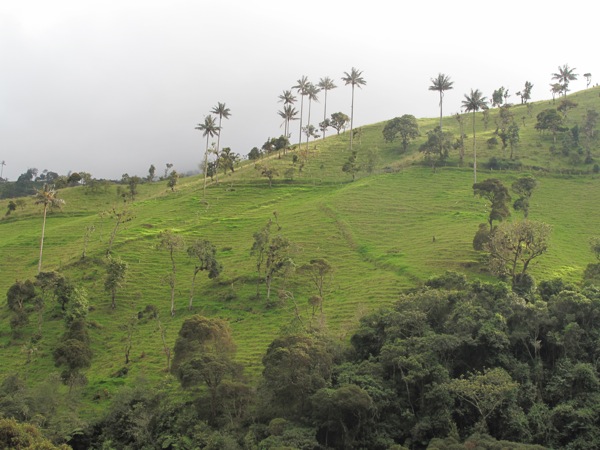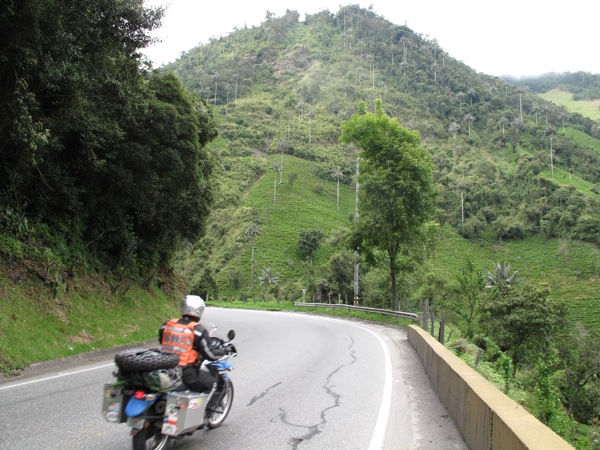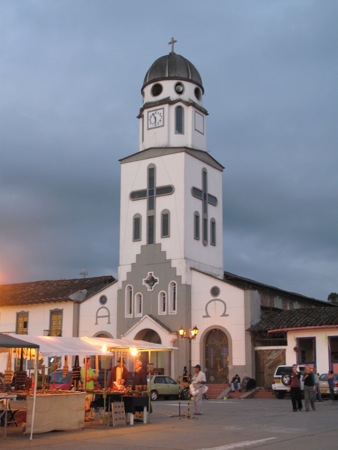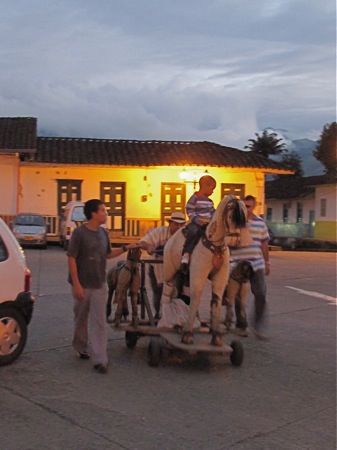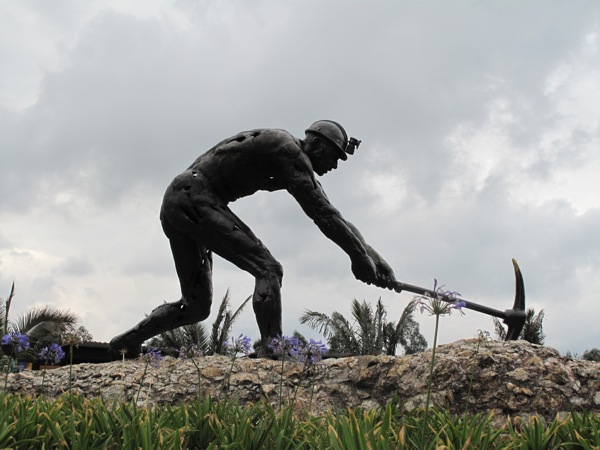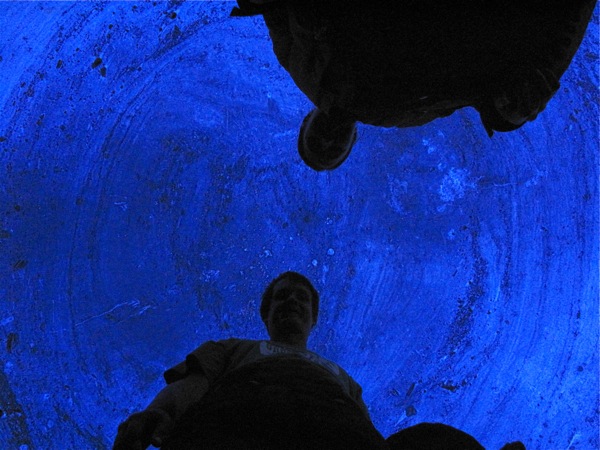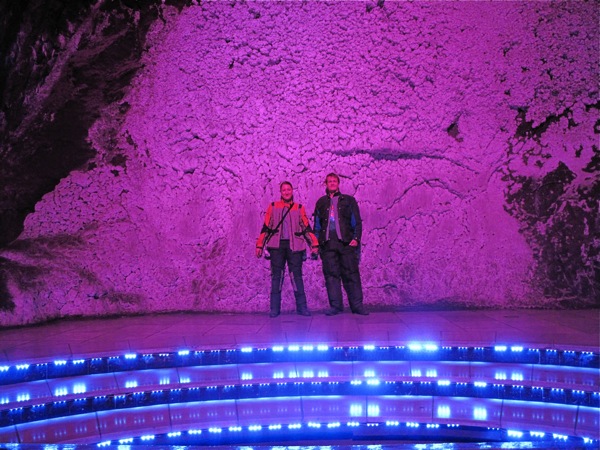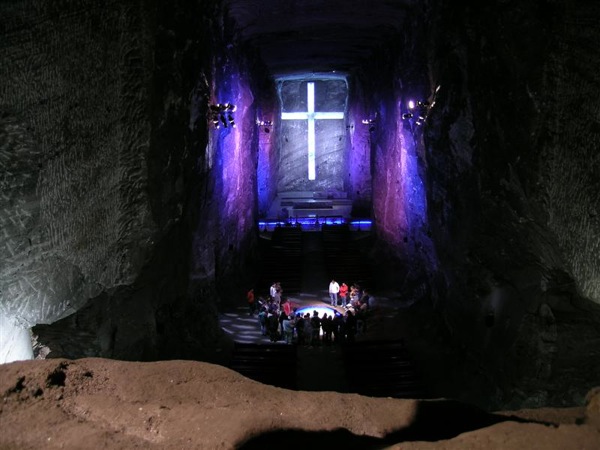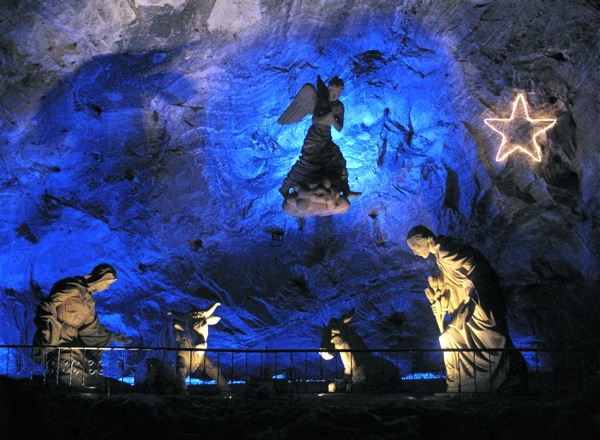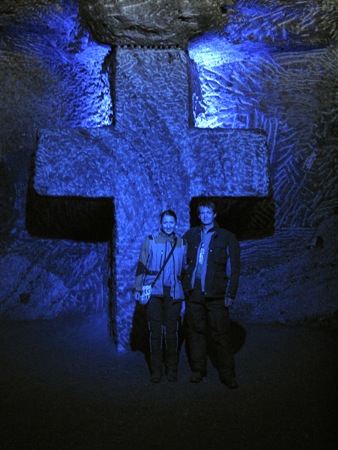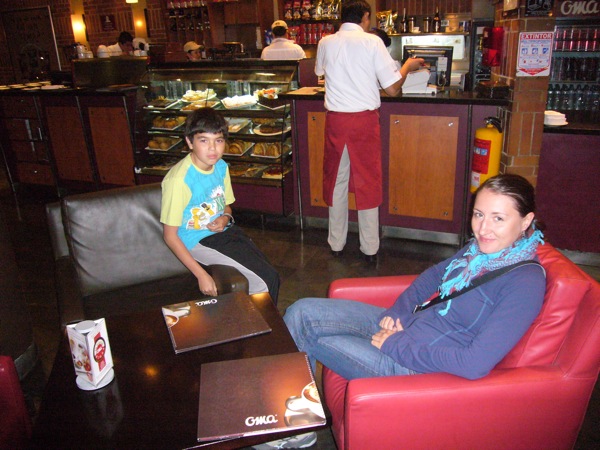Galapagos Day 4: The Stingray Barrier
- on 02.03.09
- Ecuador
- No Comments
- Digg
- Del.icio.us
Monday, January 26
Overnight the boat transited from Española to Floreana. This was an east to west move, so the boat pitched forward and back against the swell as opposed to the previous night’s side to side. For whatever reason I sleep better in that motion.
This morning’s excursion was to Post Office Bay. Since the early days of the Galapagos’ discovery, there has been a barrel on the island used to store mail. Passing ships would check the destination of the stored letters and take any with them that happened to be addressed to a destination near the destination of any of the ship’s passengers. It’s a newer barrel, but the system still works the same. Drop a postcard and pick up any near your hometown or country, and post them when you get home. Sadly it seems much more efficient than it used to be as nearly all of the postcards stored within were from January.
As usual our guide gave the briefest possible explanation and background of the island and the post office. The island had been settled by Norwegians for a few years before they found it too difficult and gave up, the majority returning to Norway. The group ahead of us went further up the hill to look at the remains of the cannery operation and be educated, but our guide decided we didn’t need to know anything else and sent us back to the beach.
It was another beautiful beach, but unusually lacking in the typical Galapagos fauna. The lack of sea lions left the beach feeling deserted. Even the marine iguanas were few in number. There were many sea turtle nests but no sea turtles. This was the one excursion where I’d forgotten to take the camera in a packing error, and it was the best possible occasion to forget it.
With little to do as we weren’t allowed to leave the beach area, Inna settled in for tanning and I decided to go snorkeling. The water was very shallow for the first 50 meters of the cove and Brian had already gone in. The water seemed very stirred up with sand, so I waited a bit to see if he was finding anything interesting. I noticed he was moving very slowly and was strangely snorkeling on nearly his hands and knees in the shallow water.
When he came back out, he explained that this cove was swarming with stingrays. He said “Hundreds of them, all lying on top of each other”. Stingrays, my favorite. We dithered for a bit, but there was really nothing else to do, so we were determined to go snorkeling on principle. The young couple from Holland also wanted to give it a go. The guide came by and told us the snorkeling is great, you just have to get past the stingray barrier. The stingray barrier.
With four people group psychology kicked in and that phrase became an instant classic. A million jokes were made about Steve Irwin and getting stabbed in the heart and we stood around with the water up to our calves for ages psyching ourselves up and out. When there was a break in the waves, the water would clear and you’d be surprised to see several stingrays cruising only few feet away from you. Then more waves would come in and the water would obscure again, which wasn’t encouraging. It was a hysterical situation and we couldn’t stop laughing at our timidness as stingrays are generally very docile and skittish, but the Steve Irwin incident spooked everyone and we were too busy laughing at ourselves.
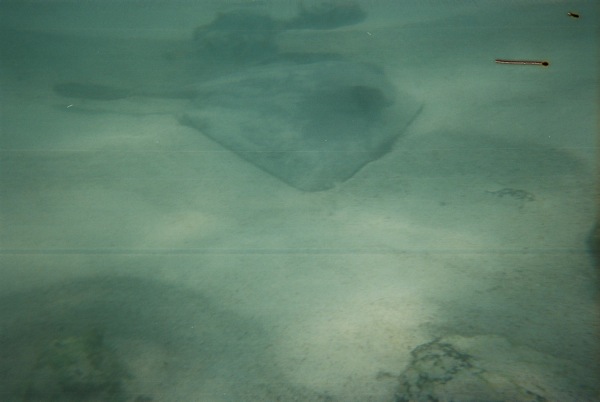
We finally convinced ourselves to get over it and get going. We put the flippers on and slowly, slowly shuffled our feet until the water was over our knees and it was deep enough to float with the snorkel. It was fairly crrepy to see how many stingray were lying on the bottom and we hurried towards deeper water where we could at least float more comfortably. Once we could tread water more jokes were exchanged and we all had a laugh when the Dutch guy was hugely startled by some drifting seaweed.
We were rewarded for our bravery with nothing in particular to see. The visibility of the water was poor, and other than a few piles of huge stingrays, there were only a few fish to see and mostly rocks. We swam farther out and along the cove simply because no one was in a hurry to recross the stingrays and get back to the beach. In the end all of our dawdling worked out perfectly as the dinghy from the boat was heading in to pick people up so we took a lift back to the beach, avoiding all the stingrays. Sweet!
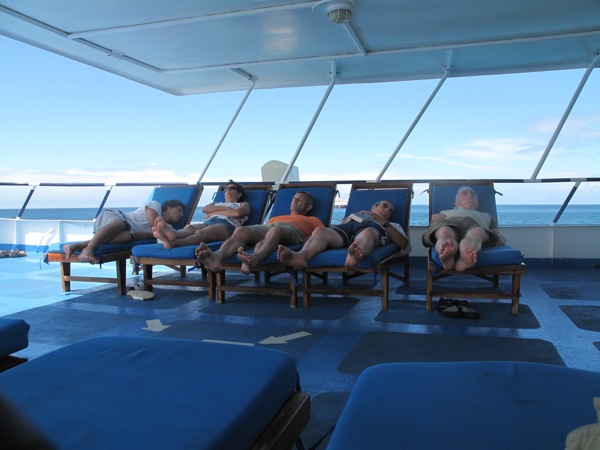
Once back on the boat, we had lunch and lounged around. Everyone was worn out at this point and the upper deck’s lounge chairs were packed with sleeping people. Inna and I read some in our room, did some writing, and tried to take a nap.
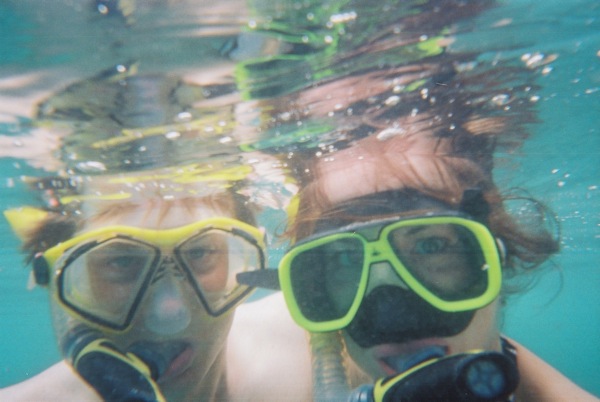
Today we had the unusual addition of a mid day event. Before the afternoon excursion, the stronger swimmers were invited to go snorkeling around an underwater crater called the Devil’s Crown. The current was strong around the rocks, so we would be dropped off in a group from the dinghy, do a quick loop in the current around the outside of the ring, and then snorkel in the more sheltered inside of the ring.
The current was strong and the water a little choppy, but it was great to be in deep open water. The visibility was clear so we could see all the way to the bottom. We saw schools of much bigger fish than those close to shore swim beneath us.
As we came around to near our starting point, we were treated to a few sharks about man size swimming down below. I’d been hoping to see a shark and these were white tipped reef sharks slowly cruising 20 ft below us. I tried to dive down for a better picture but the current was too strong to make any real headway towards them.
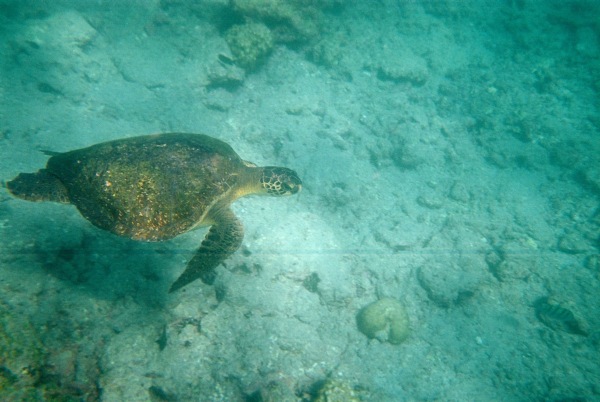
After making it through the strong current of the inlet, we were inside the crown in shallower waters. We took a break in the waist deep waters over a patch of white sand. Inna spotted a sea turtle and everyone chased her and the sea turtle to see it. It was serenely swimming along but hard to catch up with.
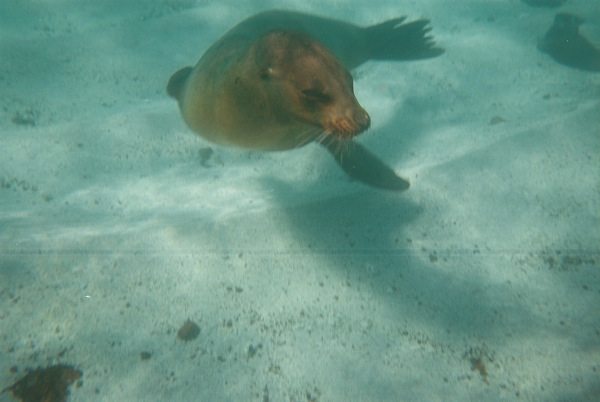
We were snorkeling around enjoying the scenery when two sea lions appeared. They were playing with each other in the shallows and giving us the occasional close drive by. Inna took some great pictures and one of them almost kissed the camera it was so close.
We swam until we were exhausted and then took the dinghy back to the boat.
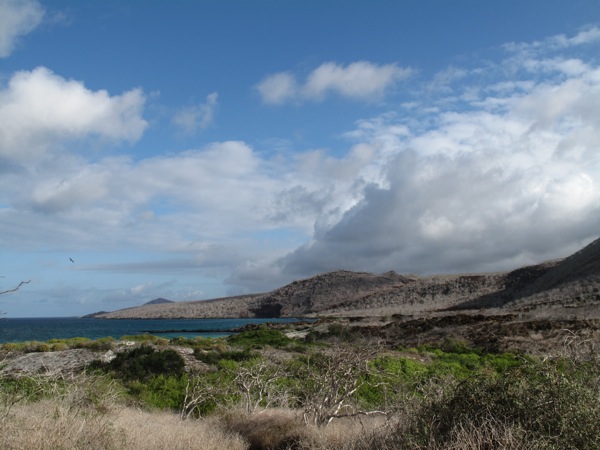
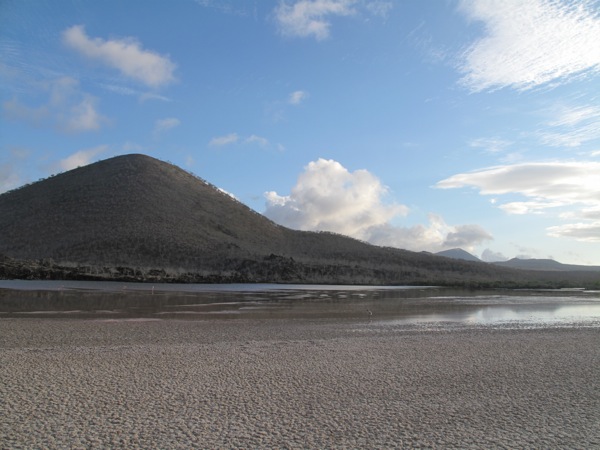
Our afternoon excursion was to Punta Cormorán to see flamingos and sea turtle nesting sites. There was a small, brackish water lagoon inland and today it had a massive population of maybe four adult flamingoes and several juveniles. They fly around from island to island so you never know if you’ll get many, just a few, or none. It was better than none and the lagoon was very scenic in the late afternoon sun.
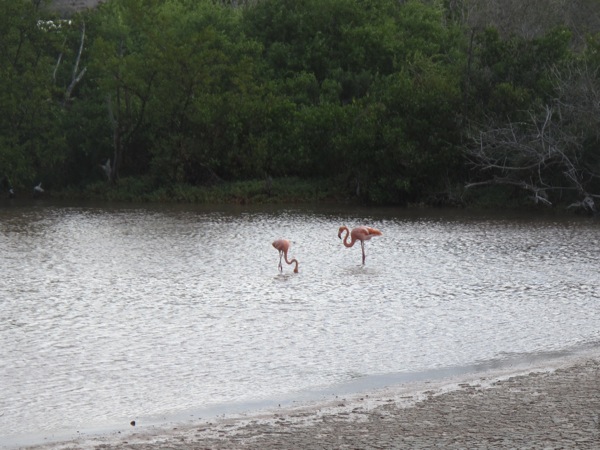
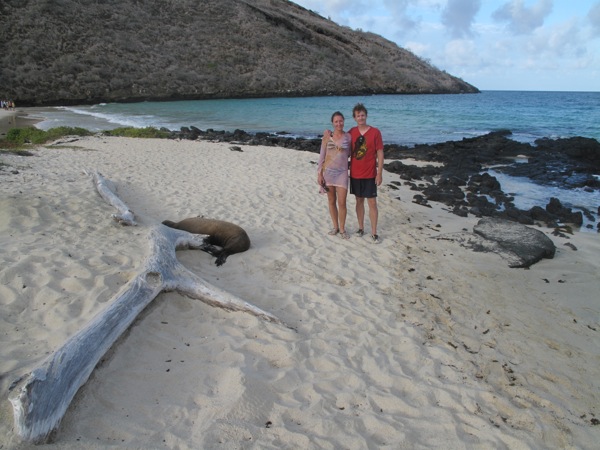
After everyone snapped thousands of pictures of the two nearby adults, we proceeded over the hill towards another beach where sea turtles nested. It was their breeding season so we hoped to actually see some. There were no turtles on the beach, but plenty of turtle tracks. There were just a few sea lions and some marine iguanas. There were about 80 nests along the length of the beach. The guide educated us by chitchatting with another guide.
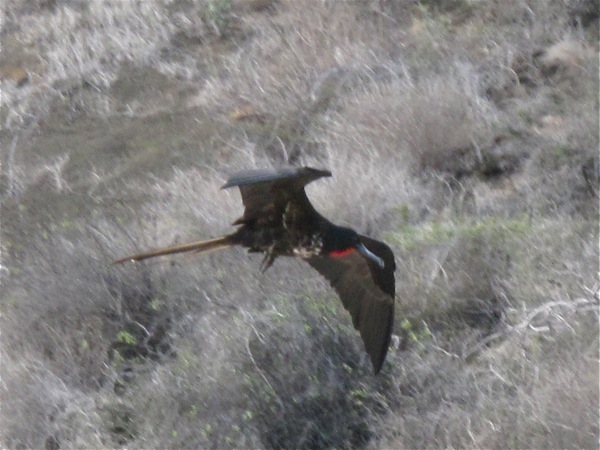
There was a frigate bird patrolling the nests and it was cool to watch. In the strong shore breeze, it just hovered slowly over the nesting sites, moving slowly down the beach, looking for any baby turtles to eat. We could tell it was a male from the red crest on its neck. I managed to get a great video of it hunting.
As we were about to head back in, we did manage to catch site of a pair of mating sea turtles out in the surf. The male was glued to the back of the female as they bobbed in the surf. It was nice to see some turtles after all the build up and the mild disappointment of so few flamingos.
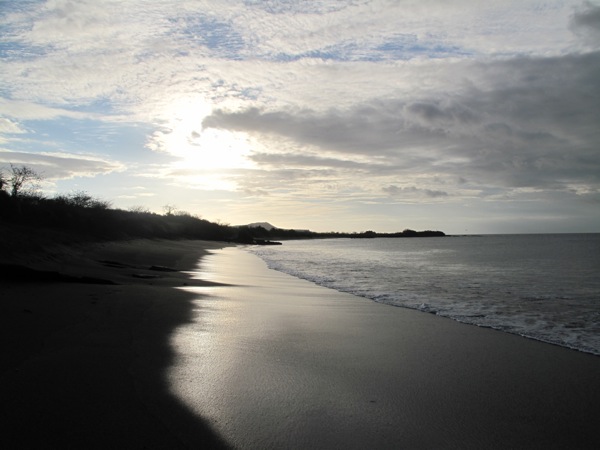

Back at the beach we were too tired to bother with a last shot at snorkeling in the evening light, so naturally the water was crystal clear. Looking at some crabs, I deliberately spooked a bunch to make them move. A big adult used that opportunity to jump down on top of a juvenile and have it for dinner. They told us they eat algae. I got a great picture.
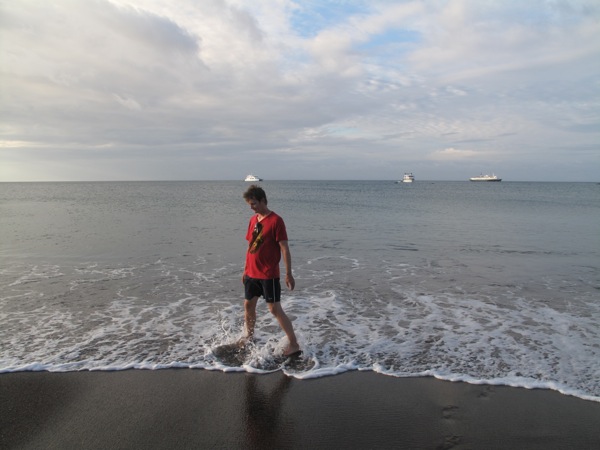
Back on the boat everyone was wiped out from the long day, so it was an early bedtime for us.
